15 New Startups Join the Swedish AI Startup Landscape
This latest version of the initiative led by AI Sweden and Ignite Sweden now features 198 AI startups.
October 12, 2022In the past months, Ignite Sweden, through the national initiative Omställningslyftet, conducted a project to develop a new method for enhancing circularity through matchmaking. Two workshops were organized, involving companies in the plastic and construction sectors to test this innovative approach. The lessons learned are now compiled in a Best Practice document.
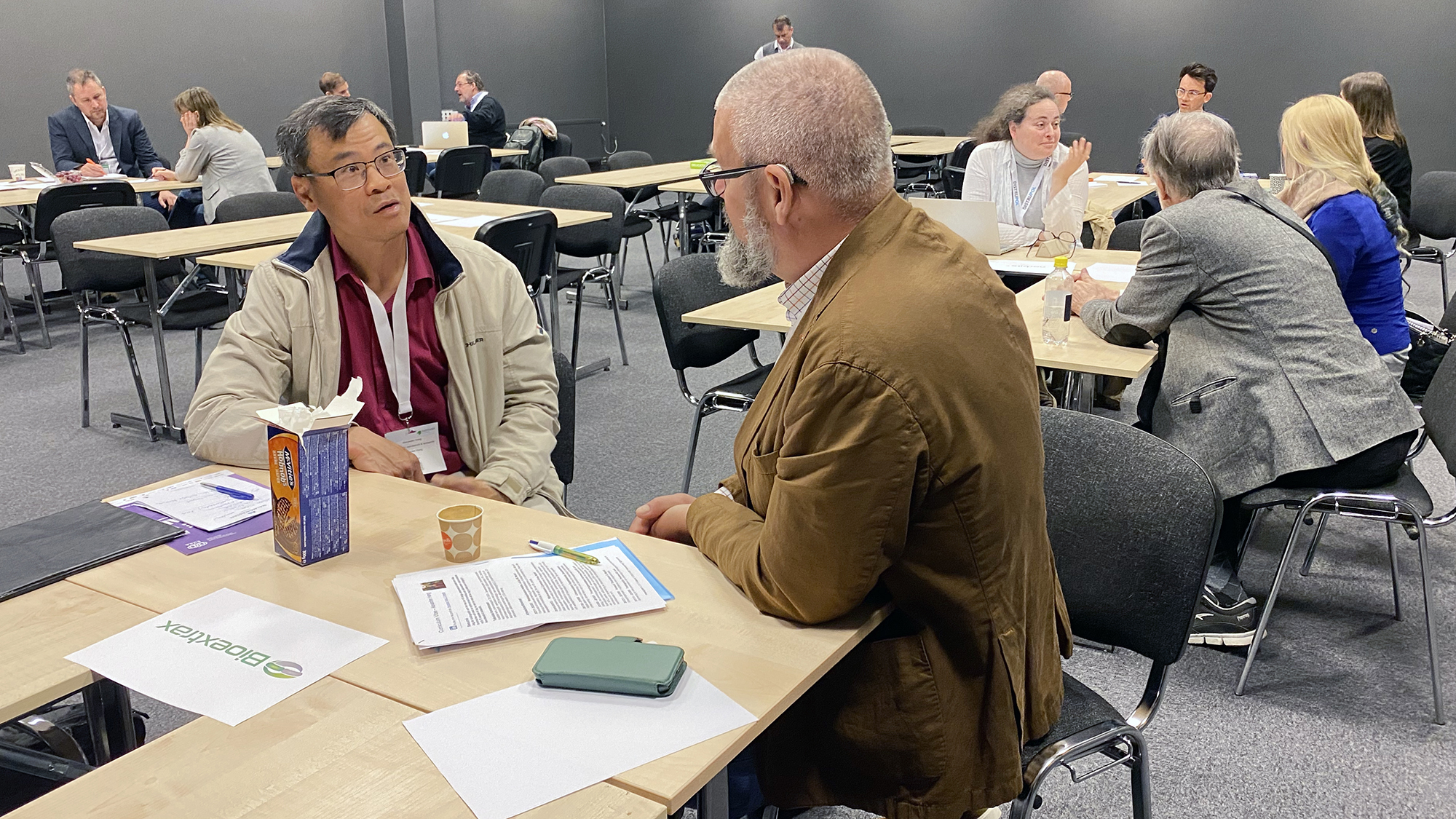
Omställningslyftet was a national initiative, funded by the European Regional Development Fund and led by RISE in collaboration with Ignite Sweden and SISP. Its primary objective was to actively engage and involve small and medium-sized businesses in the green transition.
One of the many projects under this initiative focused on developing a methodology for a process that will stimulate innovative circular solutions in society. The goal of this methodology, developed by Karl Eldebo and Linda Hagman during the latter months of 2022, was to create conditions for facilitating the seamless integration of innovation into value chains. Simultaneously, they actively sought out corporations and public organizations willing to participate in this process.
The method developed to activate stakeholders for increased circularity implies:
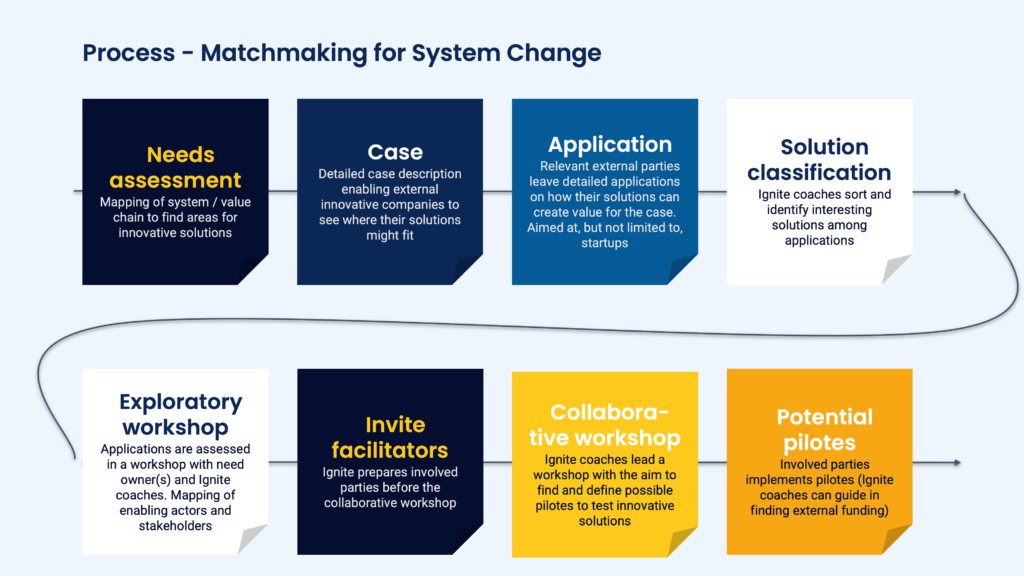
Over the past few months, the new approach to circular matchmaking was tested in two different workshops, involving companies in the plastic and construction sectors to assess this innovative method.
The first of these workshops was centered around the plastic value chain and aimed to identify solutions for plastic waste beyond packaging materials, including plastic waste that is sometimes challenging to recycle, or alternatives to traditional plastic.
This workshop took place at the Plastteknik Nordic Fair on May 11, with nine startups showcasing their solutions, ranging from chemical recycling options and plastic product tracking to biobased materials, furniture made from recycled ocean plastic, and solutions involving insects that consume plastic. Participants from both the private and public sectors engaged in discussions with several of the startups, and many of the startups established new connections during the event at the fair.
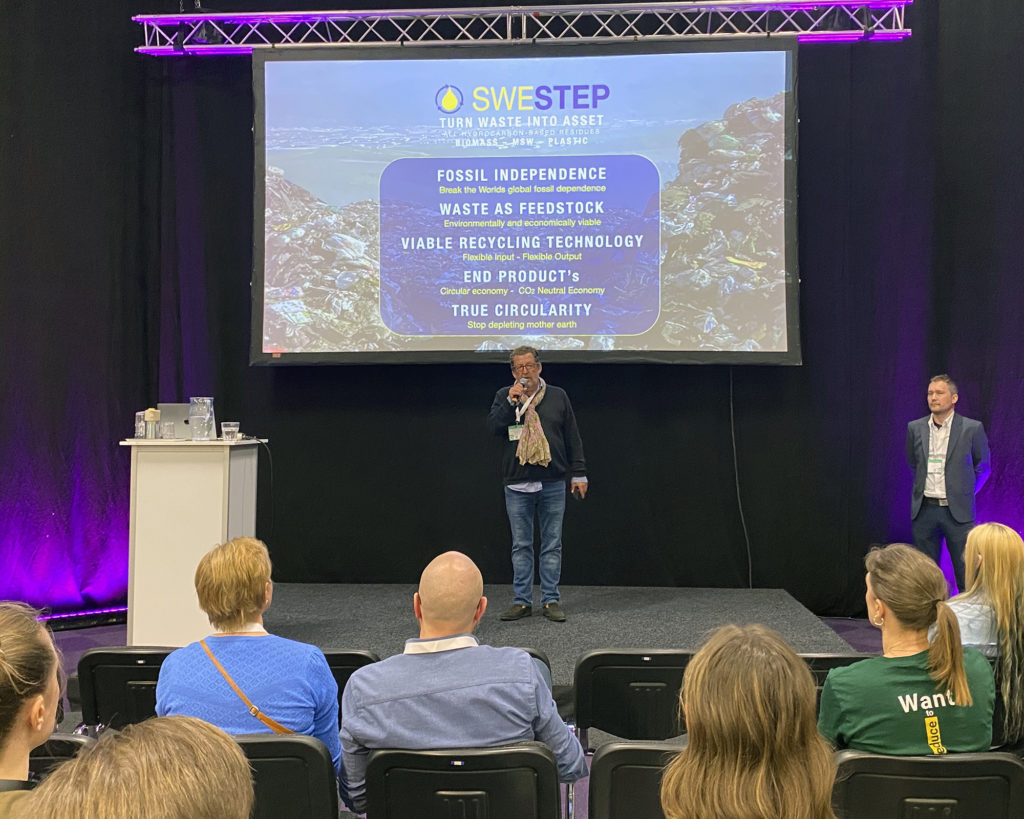
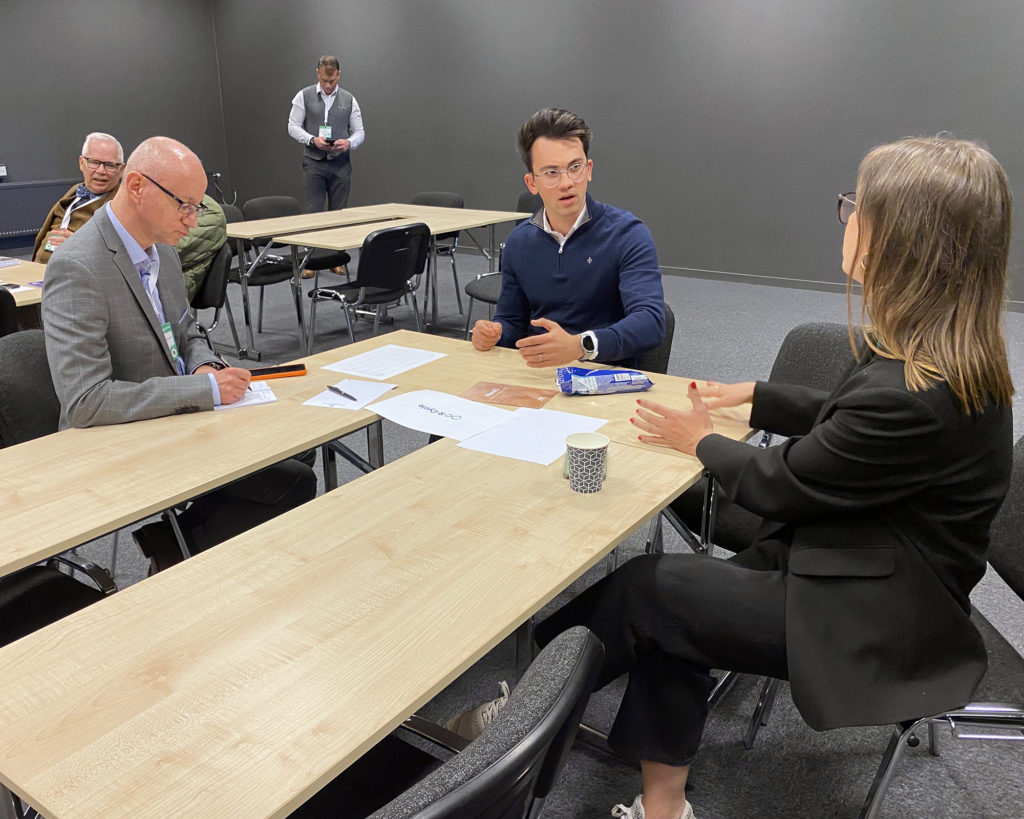
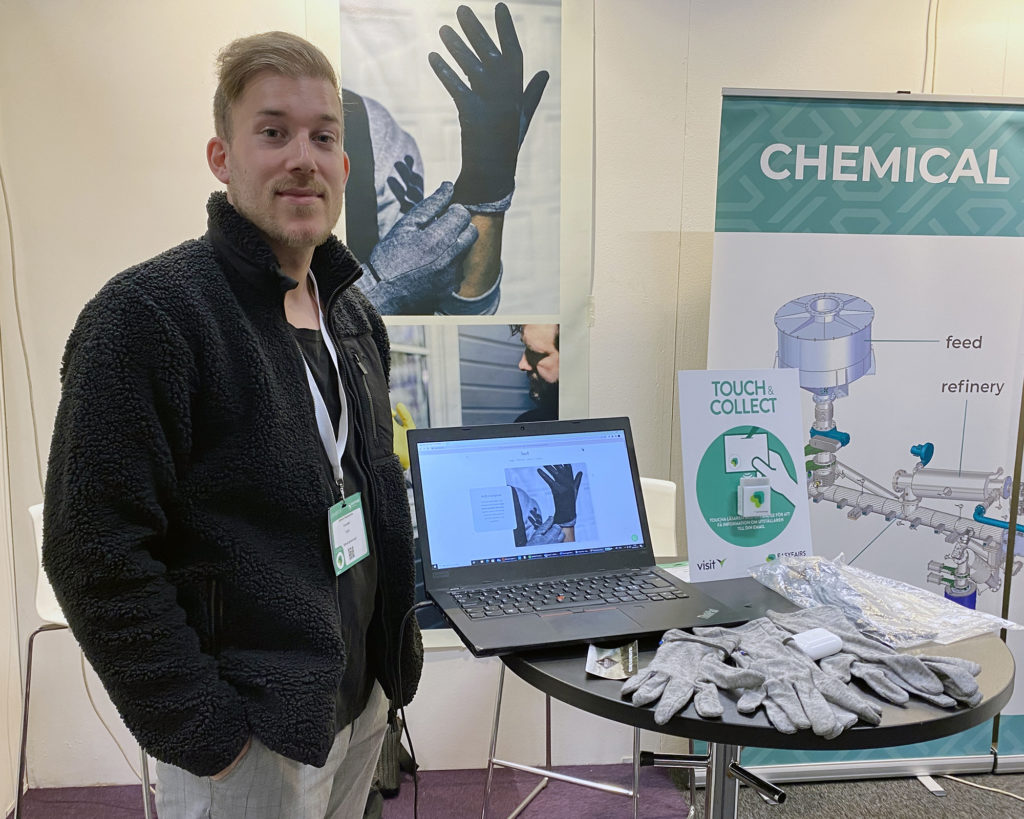
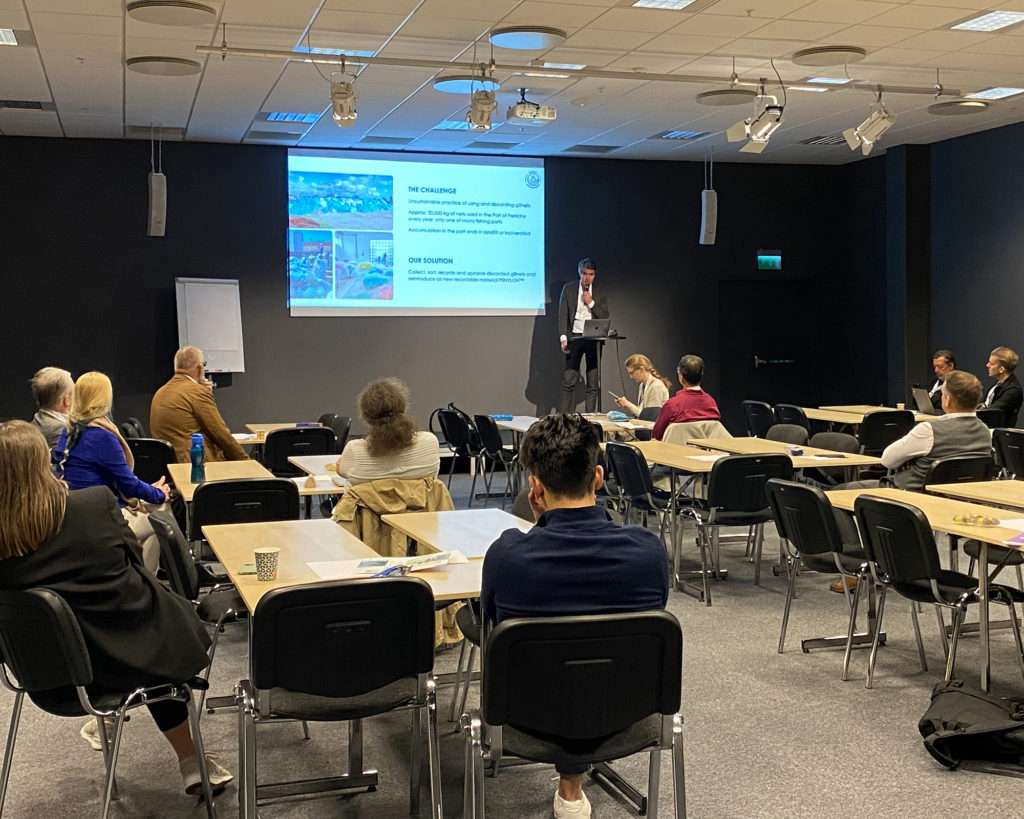
The method was subsequently tested in a new workshop, this time involving the building sector and focused on the reuse of materials for new projects, as well as strategies to encourage collaboration among value chain participants for this purpose.
The workshop featured three startups—NikDev, Sinom, and Beteendelabbet—presenting their solutions, with 13 different organizations in attendance to discuss the potential of these innovative solutions in their respective value chains.
Additionally, three other startups—Klara byggsystem, Woodbe, and Woodtube—had the opportunity to showcase their innovative solutions for foundations and bolts digitally on a separate occasion.
This workshop was organized in collaboration with ÖBKN, a regional network of stakeholders within the building and real estate sectors in Östergötland, who assisted our team in reaching out to stakeholders interested in a more circular industry.
The findings reveal the value of discussions with actors spanning different parts of the value chain, as an innovation that appears compelling to a potential customer may require implementation at an earlier stage.
To persuade a late-stage value chain participant that these solutions offer a superior solution for the end customer, a peer from a similar stage can convey the importance.
“The method encourages us to boldly tackle overarching questions such as ‘how can we become more circular’ by inviting innovative startups to engage in discussions with multiple actors simultaneously,” says project leader Linda Hagman.
“We hope that our approach can inspire stakeholders in the innovation support system to invite companies from various segments of a value chain to expedite the establishment of innovative solutions for enhanced circularity in society,” she concludes.
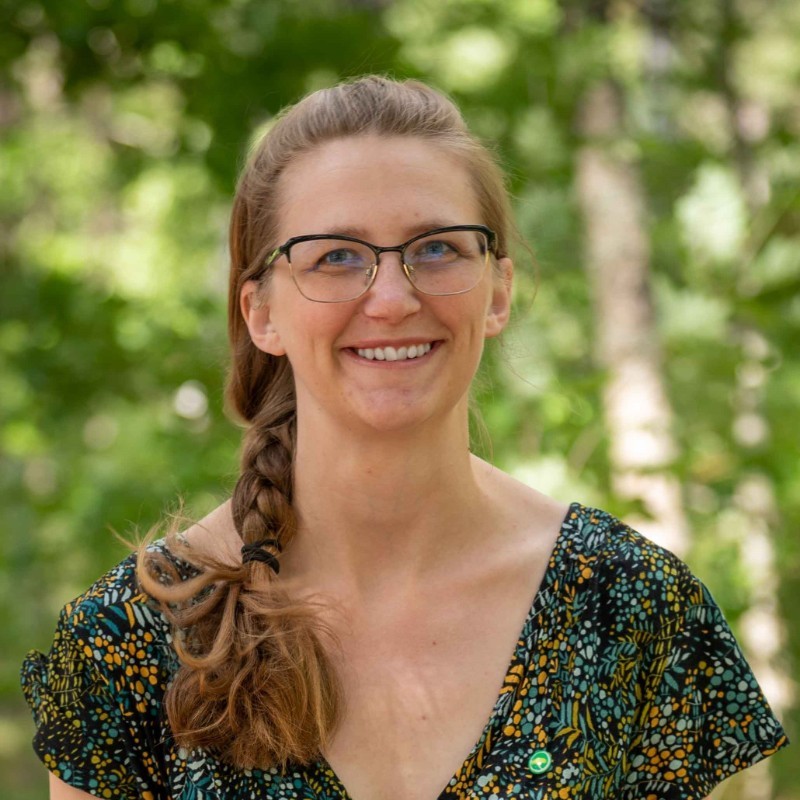
For a deeper understanding of the challenges in these value chains, more details about the cases, and inspiration to experiment with this method yourself, download the Best Practice document here (in Swedish).
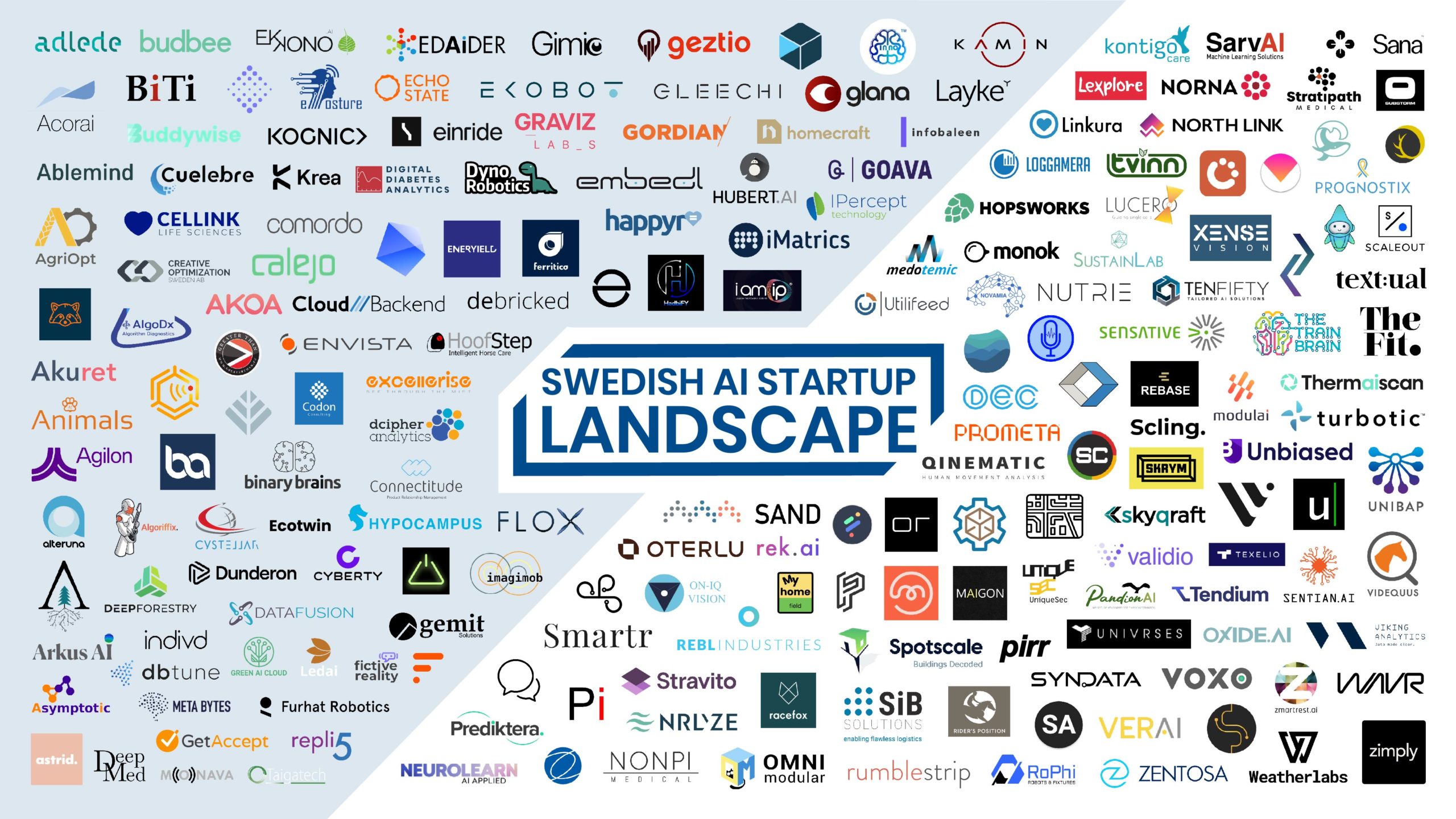
This latest version of the initiative led by AI Sweden and Ignite Sweden now features 198 AI startups.
October 12, 2022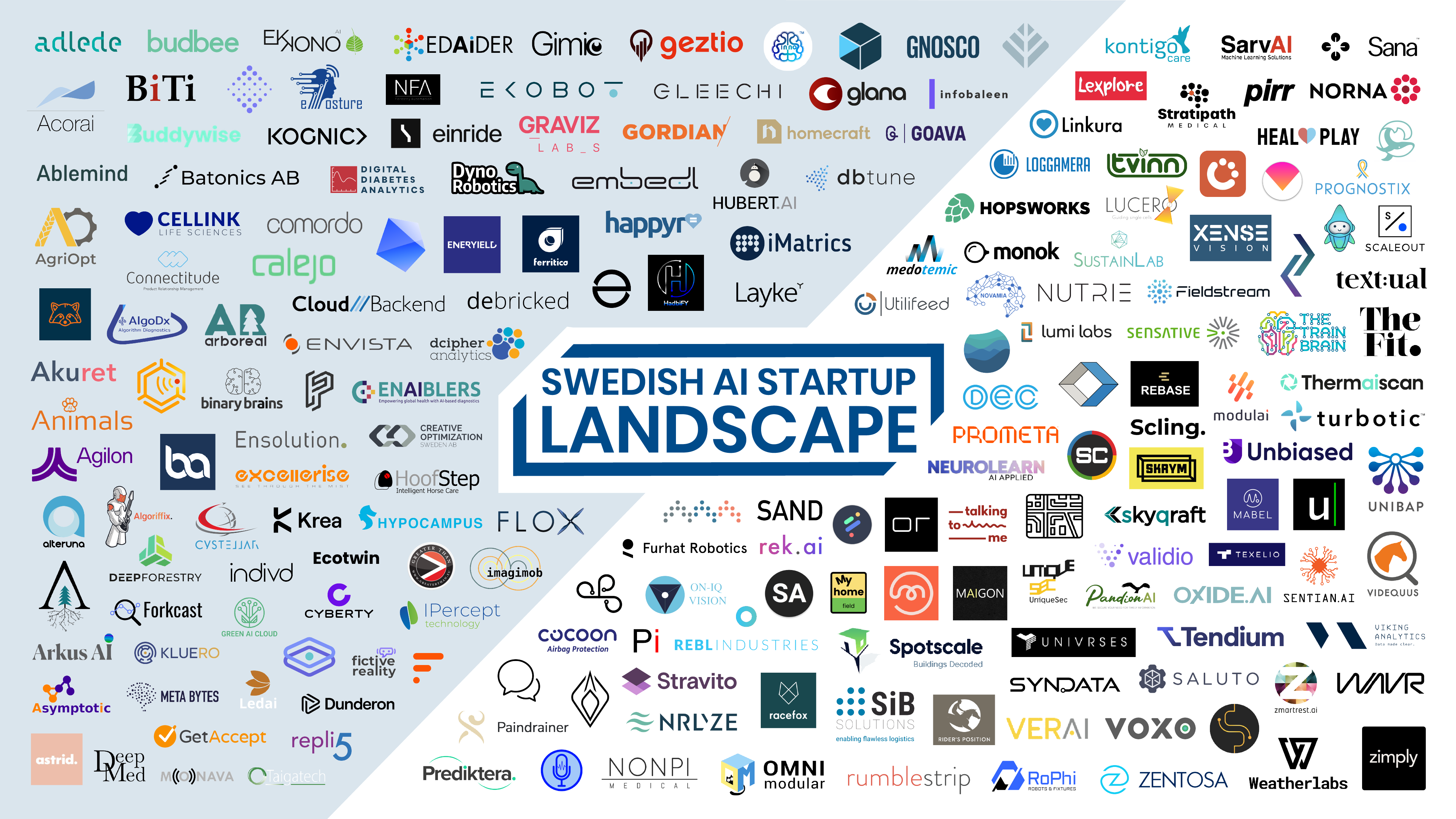
The latest update of initiative led by AI Sweden and Ignite Sweden showcases a total of 197 AI companies from across the country.
May 31, 2023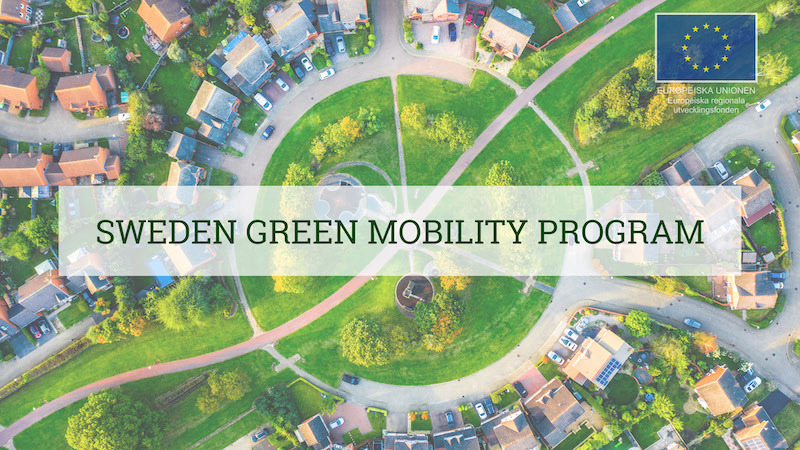
The participating startups and SMEs will help the city of Borlänge reduce the climate impact of commuting.
April 3, 2023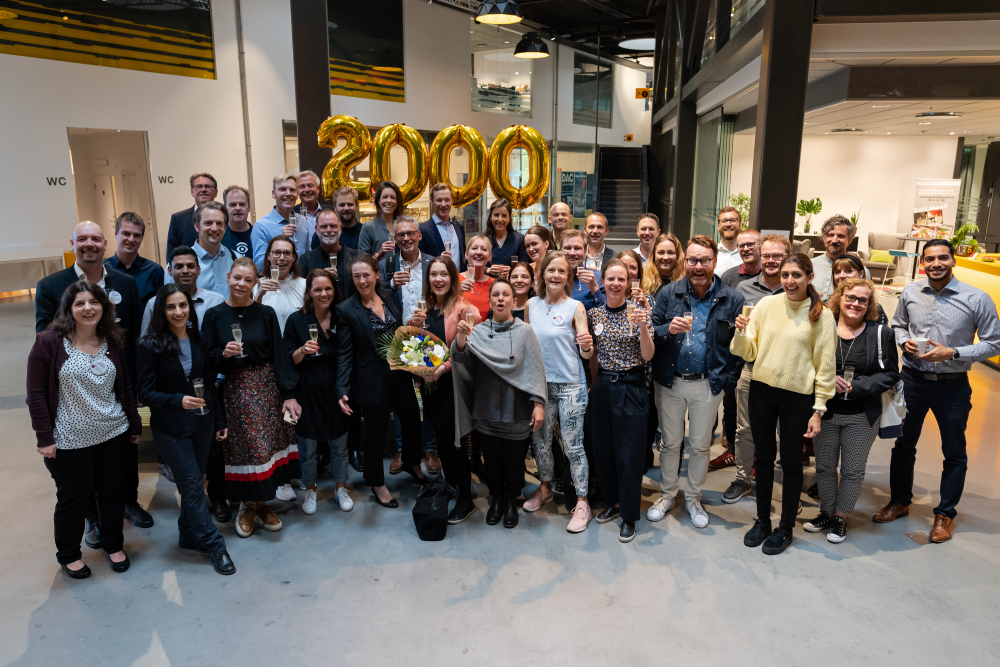
Ignite Sweden surpassed the milestone of 2000 tailored matchmaking meetings involving a total of 98 corporates and 342 startups since the program started in 2017.
July 1, 2019| Cookies that we use |
|---|
| close-cookie-bar |
| wants-ec-cookies |
| wants-fc-cookies |
| wants-mc-cookies |
| wants-ac-cookies |
| Cookies that we use |
|---|
| Cookies that we use |
|---|
| _gid |
| _ga |
| _ga_G3QPMYQ0S9 |
| Cookies that we use |
|---|
Sign in to our digital platform Ignite Magic to join our program, check out our upcoming matchdays, update your company profile, and access useful resources such as legal templates and other material to help you prepare for your meetings.
Click the boxes below to learn more about our offerings and how to get started.